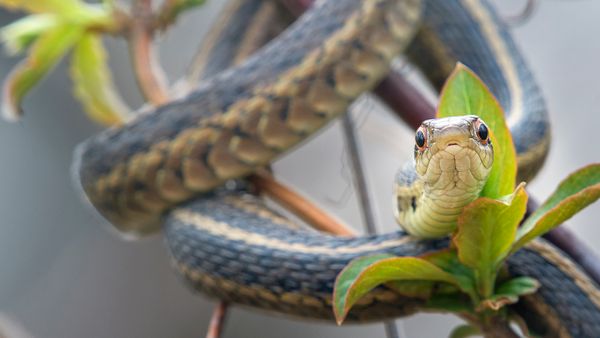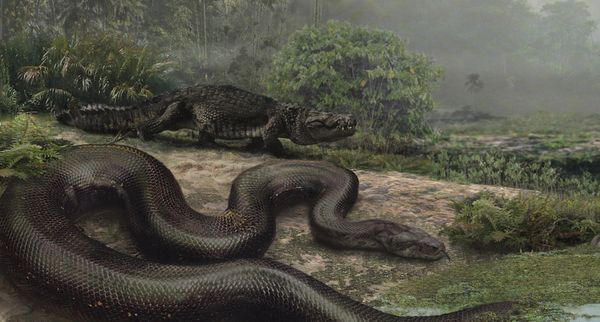
All Judy Reed wanted to do was wash some clothes. On June 18, 2019, the Pennsylvania woman descended the basement stairs of her house at around 8 a.m. to do the laundry. Suddenly, a copperhead snake, which had been curled up on a shelf near the washing machine, bit her.
Copperheads, like rattlesnakes, are venomous, although their toxins rarely kill humans. Regardless, Reed dialed 911 and went to the hospital where she recovered. As for the snake — Pennsylvania wildlife officials bagged it and took it to another location.
Advertisement


